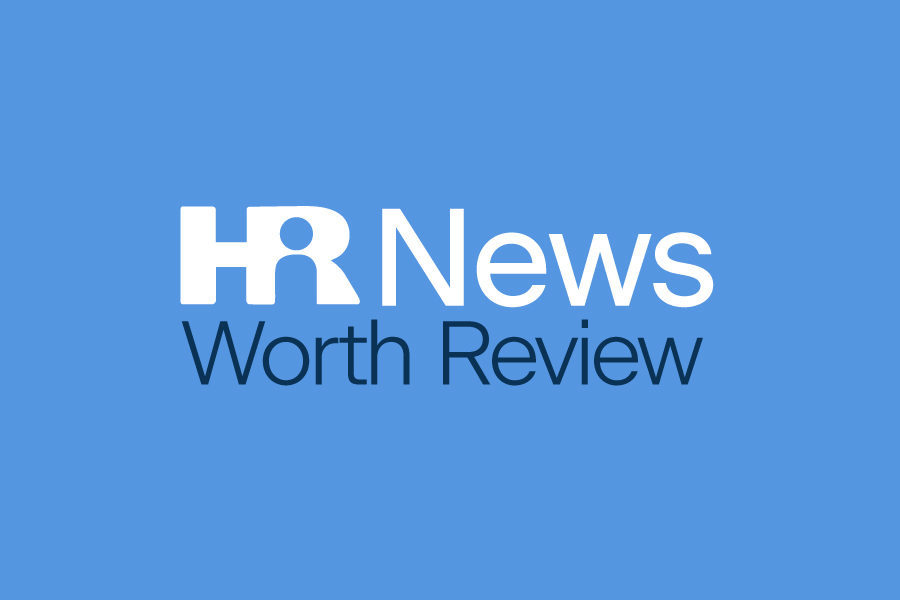DOL Issues Clarifying Guidance on COVID-19 Relief for Employee Benefit Plans/COBRA
On Feb. 26, 2021, the Department of Labor’s (DOL) Employee Benefits Security Administration (EBSA) issued Disaster Relief Notice 2021-01 to provide guidance on the duration of the COVID-19-related relief regarding certain employee benefit plan deadlines during the Outbreak Period.
The relief requires employers to disregard the Outbreak Period when enforcing certain employee benefit plan deadlines and gives plan sponsors additional time to distribute plan notices and disclosures. Under federal law, this period cannot exceed one year. Because the Outbreak Period began on March 1, 2020, the relief was expected to expire on Feb. 28, 2021. However, this guidance allows the relief to extend beyond this date in some situations.
The DOL Notice interprets the one-year limit on the relief related to the Outbreak Period to begin on the date the action would otherwise have been required in a given situation. Specifically, individuals and plans will have the applicable periods disregarded until the earlier of:
- One year from the date they were first eligible for relief; or
- 60 days after the announced end of the National Emergency (the end of the Outbreak Period).
On the applicable date, the timeframes for individuals and plans with periods that were previously disregarded will resume. In no case will a disregarded period exceed one year. Unfortunately, this also means that employers will need to determine the expiration of the one-year period on a case-by-case basis.
Examples:
- If a qualified beneficiary would have been required to make a COBRA election by March 1, 2020, that requirement is delayed until Feb. 28, 2021. This date is the earlier of one year from March 1, 2020, or the end of the Outbreak Period (which remains ongoing).
- If a qualified beneficiary would have been required to make a COBRA election by March 1, 2021, that election requirement is delayed until the earlier of one year from that date (that is, March 1, 2022) or the end of the Outbreak Period.
- If a plan would have been required to furnish a notice or disclosure by March 1, 2020, the relief would end with respect to that notice or disclosure on Feb. 28, 2021. The responsible plan fiduciary would be required to ensure that the notice or disclosure was furnished on or before March 1, 2021.
In all of these examples, the delay for actions required or permitted that is provided by the Notices does not exceed one year. These delayed time frames also apply to:
- The 30-day or 60-day period for HIPAA Special Enrollment (such as the addition of a new spouse or newborn child);
- The claims and appeal submission timeframes as provided by the plans; and
- The timeframe to request an external review or provide information that would perfect an external review.
Employer Takeaway
The DOL recognizes that plan participants and beneficiaries may continue to encounter problems when the relief described above is no longer available, due to the one-year limit. Accordingly, plan fiduciaries should make reasonable accommodations to prevent the loss of or undue delay in payment of benefits in these cases and should take steps to minimize the possibility of individuals losing benefits because of a failure to comply with pre-established timeframes. Employers should consider affirmatively sending a notice regarding the end of the relief period when individuals are at risk of losing coverage.
The DOL also acknowledges that full and timely compliance with ERISA’s disclosure and claims processing requirements by plans and service providers may not always be possible. In the case of fiduciaries that have acted in good faith and with reasonable diligence under the circumstances, the DOL’s approach to enforcement will be marked by an emphasis on compliance assistance, and includes grace periods and other relief.
Proposed Rules on Wellness Program Incentives Withdrawn
On Feb. 12, 2021, the Equal Employment Opportunity Commission (EEOC) withdrew two proposed rules it previously issued in January 2021, on wellness programs under the Americans with Disabilities Act (ADA) and the Genetic Information Nondiscrimination Act (GINA).
These proposed rules were issued in response to a federal court decision that vacated a portion of EEOC regulations describing the incentives that an employer could offer:
- Under the ADA as part of wellness programs that ask about employees’ health and/or ask them to undergo medical examinations; or
- Under GINA to an employee whose spouse provides information about the spouse’s manifestation of disease or disorder as part of a wellness program.
The proposed rules would have generally allowed only de minimis incentives to be offered for wellness program participation. Exceptions allowing larger incentives would have applied to health-contingent wellness programs that are part of, or qualify as, group health plans under the ADA rules. These proposed rules were withdrawn because they were not published by Jan. 20, 2021, the time of President Joe Biden’s inauguration. Upon inauguration, the president issued a memorandum requiring all agencies to immediately withdraw any proposed rules that had not yet been published.
Employer Takeaway
The next steps for these proposed rules are currently under consideration by the EEOC. This means that confusion may remain for employers regarding what incentives, if any, they may offer employees. However, the general consensus is that complying with existing HIPAA and ACA rules surrounding wellness incentives will continue to be a safe course of action.
Returning Workforces and COVID-19 Vaccines
The COVID-19 pandemic has been raging for months. In that time, many businesses have ceased operations out of safety concerns and have waited for the right opportunity to resume, or have moved to remote work for many of their employees. Now, with COVID-19 vaccines becoming more widely available, employers can finally start planning for their immediate futures. Our toolkit explores COVID-19 vaccines and other workplace safeguards, and it helps employers decide whether a voluntary or mandatory vaccination policy is right for their organizations. It also includes sample policies, employee information and CDC guidance. You can access a copy of this toolkit here.


